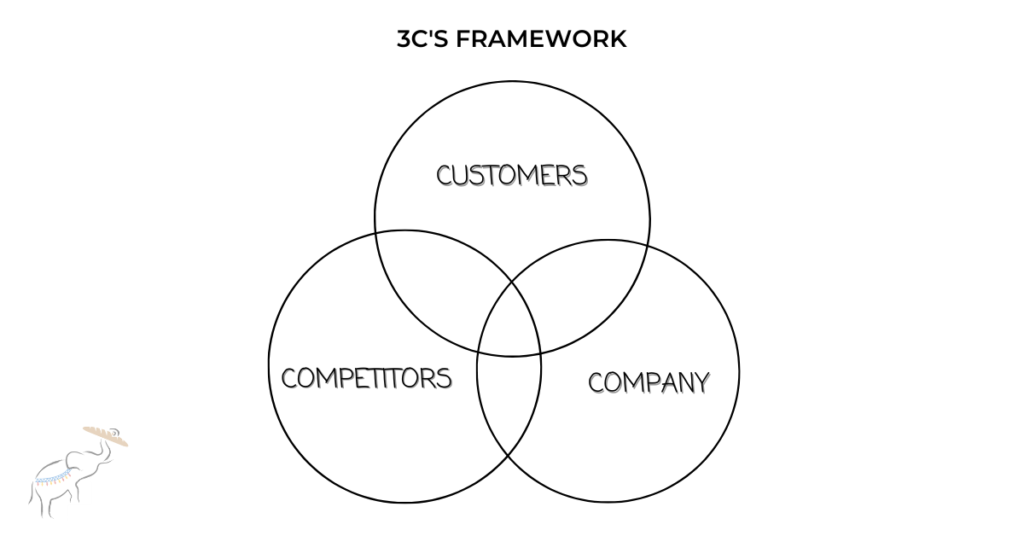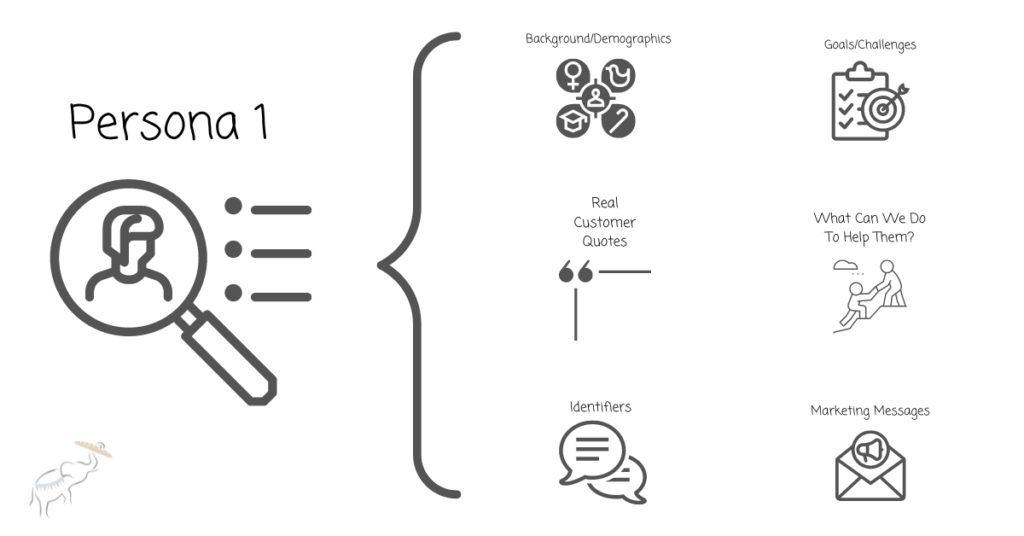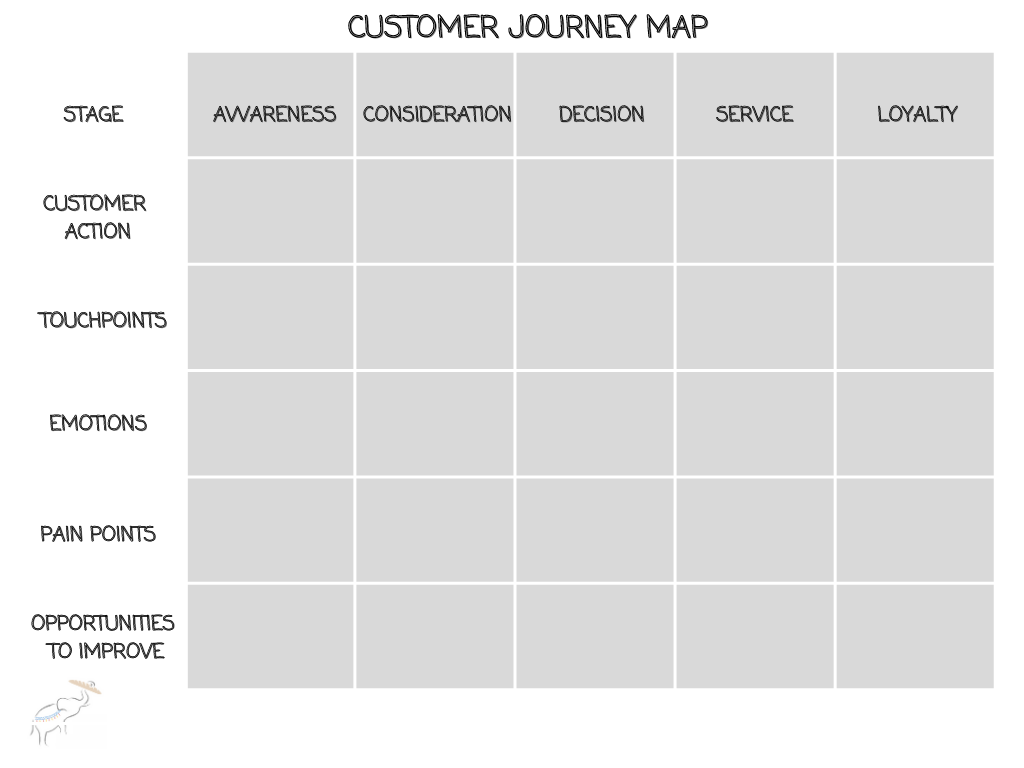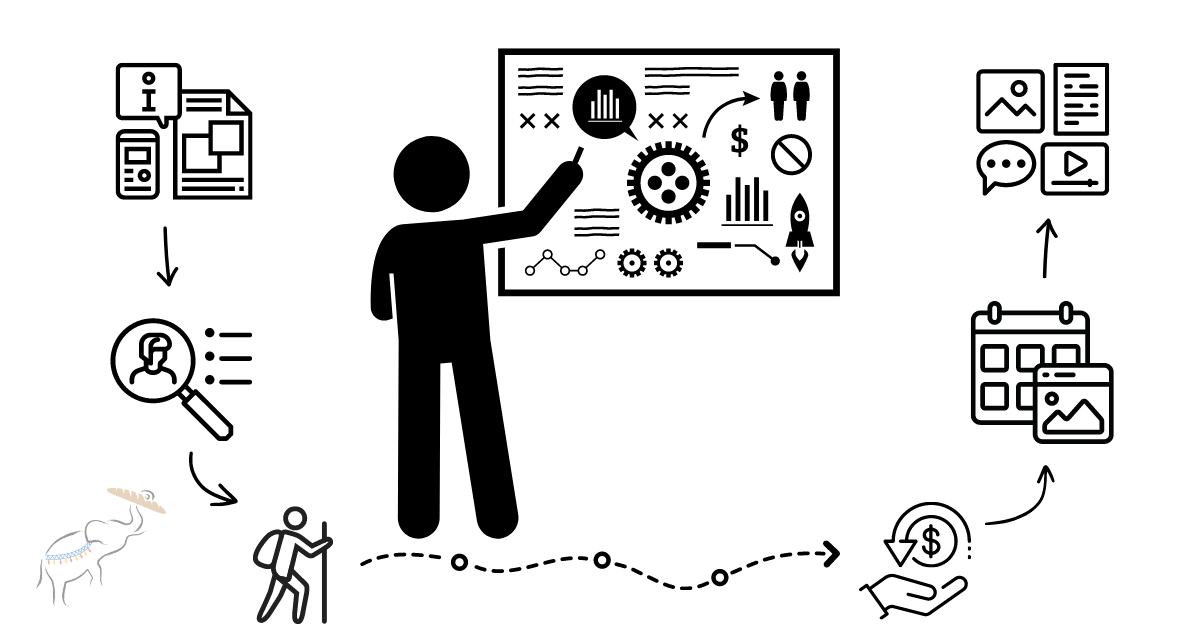Last Updated on January 29, 2025 by Bread and Circuses Team
As Benjamin Franklin once said: “If you fail to plan, you plan to fail”.
From the largest media company to the smallest startup, every company that understands it needs to create and distribute content to serve its customers needs to know how to develop a content plan. Whether it is created on a popular content planning platform or jotted down on a cocktail napkin (not recommended), every piece of content you create should have some intention related to your business objectives.
Yet many companies are behind in their planning process, or maybe even just “winging it”. According to the Content Marketing Institute, only 32% of B2C companies have a documented content marketing strategy, while B2B companies are only marginally better at 40%.
What is the correlation between planning and success? According to SEMrush, 80% of successful content marketers have a documented content strategy
Creating a content strategy and content plan, no matter how elaborate– has some tried and true steps. Here we examine the steps and provide some extra tricks and tips to developing a highly effective content plan for your organization.
Before You Create a Content Plan, Gather Context
Whether you work within a company or as an outside consultant, agency or fractional content marketer, you need to gather context before you build a content plan. The quality of the plan you create is a function of your knowledge and the context you have to bring that knowledge to bear. A simple and effective model to use is the 3C’s Framework.
What is the 3C’s Framework?

The 3C framework (also known as the strategic triangle) is frequently used in digital marketing and focuses analysis on Customers, Competitors and the Company.
By gathering information in these three areas, marketers are able to determine the key success factors and create content and marketing plans– that when executed–will give their company or client the edge in their market.
Specific aspects of the 3C’s are important to gain the understanding needed to establish inform effective content strategies:
Customers
- Understanding demographics, psychographics, customer problems and pain points
- Understanding of Customer Personas (if they already exist)
- Understanding Customer Journeys (if they already exist)
Competitors
- Establishing who the key competitors are
- Understanding the competitor’s unique selling propositions (USP) and points of difference
- Understanding competitor’s mission, vision and values
- Understanding their current marketing and content activities–across owned and earned in particular–including tactics, messaging, keywords, and tone of their content. This involves quantitative (reviewing data on tools like SEMrush to understand how they rank) and qualitative analysis (subscribing to and reading company newsletters, and following competitors on social channels)
Company
- Understanding USP and point of difference
- Understanding the company’s mission, vision and values
- Understanding the company’s product roadmap
- Auditing current marketing and content activities, similar to the process used on competitors but more in-depth and aided by conversations with internal stakeholders. The goal is to spot strengths, weaknesses and long-term and quick wins opportunities.
It usually makes sense for this analysis to begin with the customer “C” first, so the rest of your analysis is done from the lens of the customer, whereas starting with the analysis of competitors or the company makes the customer analysis secondary. Knowing the customer is the most important tenet in marketing–and content marketing is no different.
Create Customer Personas

If the company hasn’t already developed Customer Personas, you will need to facilitate the process to create them.
Customer Personas or Customer Avatars are representations of the different customer groups that a company has (companies usually have several).
Personas include generalized demographic details, like income, gender and age and education and psychographic details like personality traits, values, and interests. They also often include real customer quotes, customer goals and challenges, effective marketing messages and statements on how the company can best help the persona solve their problems. To remember them easily personas often have descriptive names (like “Technology Tom”, “Busy Buyer Bob”…we’ll stop here)
Developing personas requires a dedicated effort coordinated across company functions, and includes quantitative and qualitative research, including surveys, interviews, and focus groups as well as the data collected from sources like Google analytics, CRM software and other revenue-tracking tools.
There are several good tools online to help guide the process of creating customer personas, including this guide from SEMrush.
While companies may be reluctant to engage in the development of customer personas, it is truly a building block opportunity. Creating personas–and generally understanding your customers– is fundamental to good marketing and good content.
Create Customer Journey Maps

Once your customer personas have been created, it’s time to map your customer journeys (if they don’t already exist).
Whereas customer personas are a snapshot of your different customer groups, customer journey maps provide a view of that customer group’s thoughts, feelings and actions over the course of their customer experience–from the top of the funnel to the bottom and beyond.
Customer journey mapping is a very effective way to spot opportunities to reach your customers with effective messages on relevant platforms and distribution channels. It informs your content and distribution strategies and allows you to decide what to do, and equally importantly–what not to do.
Consider the companies that have no customer personas, no customer journeys mapped– and no clue what content to create and for whom. At best they are stumbling into success and at worst they are just wasting time and money. This is not the way.
Though customer journey mapping requires a good amount of effort, there are plenty of customer journey mapping resources and tools available online to help you with the process and manage the project within your organization. Hubspot has a great resource which includes a step by step guide as well as customer journey mapping templates.
Create a Content Strategy or Content Blueprint
A content strategy, or what we call a Content Blueprint is different from a content plan and a content plan is different from a content calendar. A Content Blueprint is the broader picture of how you are choosing to compete with content and distribution. A Content Plan is where you identify the specific pieces of content to be created or updated by title or working title, as well as the three-level intention behind their creation (Funnel stage, Persona and Distribution). A Content Calendar is where you manage editorial operations including deadlines for the various stages of production.
The Content Blueprint is a tool that conveys the broader strategy to stakeholders so that teams can debate, discuss and align. In its final state, it serves as the north star for content production and distribution.
The Content Blueprint includes the following elements:
- Priorities (what are the most important opportunities that content can address?)
- Objectives (what are you looking to accomplish with content?)
- Content KPI’s (how will you measure success?)
- Focus distribution channels (Organic search, Linkedin, Newsletters, etc.)
- Key messaging and themes
- Broad tactics (Founder branding campaigns, Industry Surveys, etc.)
If the context-gathering process has been done diligently, the creation of the Content Blueprint should be straightforward. It is a distillation of the Context + Personas + Customer Journey work + the knowledge, skill, experience and creativity you or your content strategist brings to bear.
Note: as much as possible, the creation of your content and distribution plan need to happen in tandem. As we’ve suggested before, teams that integrate content and distribution have a higher likelihood of success. They are connected at the hip.
Create Your Content Plan
A Content Plan allows you to identify the specific pieces of content you are creating (or updating) and indicate their intention. The content and your intention should have some connection to the content blueprint or else you are likely off-track. Even if a piece of content is a test–this is an intention. Creating content without a clear intention is a recipe for failure at worst or at best an inefficient use of resources.
A Content Plan includes the following:
- Titles or Working titles of content to be created or updated
- Content Formats (Article, video, infographic, White paper, etc)
- Three-level intention
- Target Persona
- Target Customer Journey Phase (Awareness, Consideration, Decision and Loyalty)
- Target Distribution (Search, social, referral, etc)
- Focus KPI’s
- Search details (if applicable)
- Target Keyword
- Search volume
- Keyword difficulty
- Related keywords
- Related Keyword volume
Content plans should be made to cover 1-3 months, and should take into account upcoming holidays and events. Within your content plan, you can also include an estimated publish date, but we’ve found it best to keep editorial plans and editorial calendars separate to some degree. Editorial plans are about the intention behind creating content whereas editorial calendars help with editorial operations and workflow, including managing content briefs, editing schedules, publish dates and in some cases posting dates on social platforms.
Ideally, your content planning systems are integrated with your analytics and CRM systems. With proper tagging, you should be able to easily understand whether the content you created with a specific intention is performing how you intended, reaching the right audiences on the right platforms and having the desired impact. Like Mike Tyson once said: everyone has a plan until they are punched in the nose. Make sure you have the ability to track your content performance and adjust your strategies accordingly based on the results.
Content Planning Tools: Which Should You Use?
There are plenty of great content planning tools available to use. Some have limited features but are straightforward and easy to use. Others have robust features but may have a bit of a learning curve. A few of the more popular options include:
- Airtable: a popular tool that is a spreadsheet/database hybrid
- Trello-helpful for visualizing tasks and workflows if you plan to integrate your content plan and calendar
- Asana-an effective planning and project management tool with a variety of views, including chart, calendar and Kanban boards.
- Basecamp-more of a communication and workflow tool with a simple interface and feature set
- Monday.com -a tool designed with creative work/content planning and management in mind with a structure approach to conveying important workflow information
- Google Sheets-a straightforward spreadsheet tool that is easy to use and accessible to many stakeholders across an organization
The decision of which content planning tool to use comes down to a few key factors:
- Usability and learning curve. Does the value of the feature set offset the learning curve? Is the juice worth the squeeze?
- The complexity of your workflows (with freelance writers, designers and editors) and the degree to which your content plan and calendar are integrated.
- The different stakeholders who need visibility into your content planning. If many stakeholders need visibility, a simpler ubiquitous tool is better (like Google Sheets)
- Cost–many of the tools listed above have per-seat pricing and costs can escalate quickly in a bigger organization
Perfect Your Process
Successful content planning is a function of context + knowledge + creativity, and missing any of these pillars puts you at a disadvantage. To have the greatest chance of building content that drives actual business results, you need to start with the right fundamentals–following a process for content planning and continuously working to perfect it.

